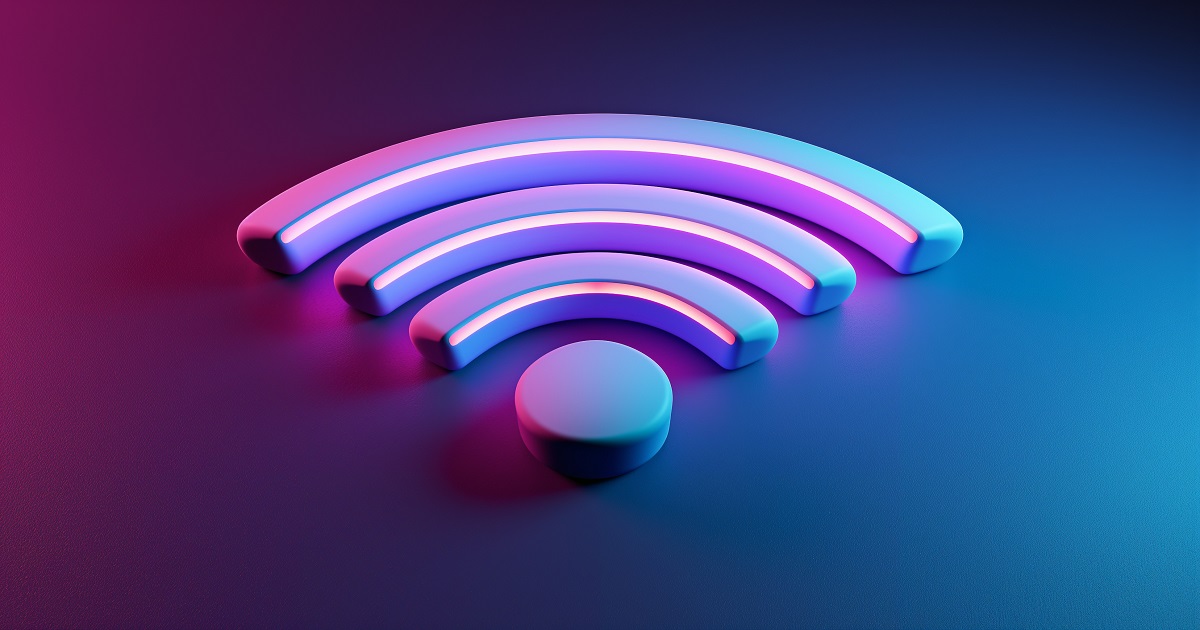Customer satisfaction and expectation metrics are vital benchmarks for today’s companies. The ability to match smooth, authentic and engaging experiences with customer needs and wants is a surefire approach for success. And companies that do not properly build the right technology tools to exceed expectations are doomed for failure. Customer experience has significantly evolved with the emergence of web business and social media based engagement, and consumers are starting to expect the same experience from other service providers.
Due to the changing customer expectations along with increased focus on energy and water sustainability, even monopolies in the utility sector are increasingly focused on improving customer experience and engagement. The importance of energy and water sustainability is prominently highlighted with the recent Paris Agreement where 175 nations pledged to lower carbon emissions through energy efficiency, and the recent White House Water Summit held to “develop and implement innovative, long-term strategies for making sure we have enough water when and where we need it.” These developments have put the consumer awareness and engagement in Energy and Water sector at the forefront of sustainability efforts.
Satisfaction Guaranteed – Or Else
There are numerous reasons for an Energy or Water Utility to proactively engage customers. According to J.D. Power, disengaged customers are less satisfied with their utility service, and low satisfaction correlates with reduced operating margins. Utility companies that do not provide customer-centric experiences will fall behind on the conservation targets, miss new emerging business opportunities in the areas of distributed energy and electric vehicles, and miss an important opportunity for operational efficiency and reducing the cost-to-serve.
These factors are driving utility initiatives to engage their customers. The following three themes are driving these strategies:
Customer-centricity. Customers want to be the center of the experience. They don’t want to adapt to the company’s process or needs, but instead want to receive catered service. Apple’s devices are a prime tech example of products designed for smooth customer experiences. Customers do not need specialized knowledge to setup a new iPhone. The whole experience is built to guide customers through step-by-step processes quickly, so they can begin enjoying the product. Customers expect this focus in all engagements, whether it is ongoing customer service or support, the tools and platforms utilized must center on their experience. And there’s a sales payoff, with consumers willing to spend more money with businesses that adopt the consumer-centric approach and make their products and services fit into the customer’s lifestyle. The leading utilities today are taking this approach and improving customer engagement to roll out new services such as Electric Vehicle charging and Solar Programs (PG&E, San Diego Gas & Electric, and APS).
24/7 Interaction. Consumers today expect 24/7 service and they don’t want one-sided communication. If they have questions, they want instant answers. If they want to make a purchase, they won’t wait for typical brick-and-mortar hours for assistance. The same customer expectation is translating to the utility services and more utility companies are looking at real-time customer engagement via mobile including features such as proactive service alerts.
Multi-channel Access. Multi-channel live engagement that fits easily into their daily lives is another customer expectation. For example, the typical utility customer wants to know about their bill, usage, and efficiency programs, and they don’t want to wait to receive a paper bill or mailer to get this information. In addition, they expect consistent experiences and information-sharing across channels including mobile, web, and paper.
To address these needs, utility providers and other firms are building tech conveniences. Forward-thinking utility providers now have apps with easy-to-navigate interfaces. Customers easily access pertinent information about their services instead of holding on the customer care phone line. As utilities deploy technology to deliver this multi-channel engagement, the most crucial area to keep in mind is that consumers want more customer-centric service options, whether it’s a personalized self-service portal or proactive outage alerts. Also, customers today are highly aware of the water and energy sustainability issues and they expect providers to give them personalized information and tools to best manage these resources.
Advancing Technologies
Using analytics to gain better insight on customers is key for water and energy providers to improve engagement and lower the cost to serve. Providers will need to personalize the service options and messaging based on customers’ energy and water use behavior as well as desires for sustainability and advanced services such as solar and EVs, and link these findings to tech solutions that are customer centric, available 24/7 and provide multi-channel access. Some providers are ahead of the curve. In Texas, residential consumers choose their electricity provider, a notable change from the typical monopoly situation. Through the state’s Power to Choose website, customers are able to shop around to receive the ideal electricity rate and type of service. In California, energy customers can sign up to receive alerts via state’s Flex Alert program.
Over the last decade, electric companies have spent billions of dollars on Smart Grid technologies, however, significant value creation is on the customer side and the benefit realization will be driven by how effectively utilities are able to engage the customer.
Furthermore, smart thermostats such as Nest and the coming rise of the Internet of Things (IoT) such as connected appliances will further the trend of customers expecting tech to not only lower their energy and water footprint, but to work seamlessly and intuitively. Consumers’ expectations for efficient and cost-effective solar power are also growing, especially in California, Arizona and New Jersey. General solar panel roof efficiency rose from 11-14 percent up to 21.8 percent in 2015, which will only spur more demand.
Since solar rooftop panels aren’t a viable option for the majority of consumers, Phillips introduced another bright idea. They match customer desires to save money (without much effort) with energy saving light bulbs that cost just under $10 while using 75 percent less energy than standard light bulbs.
The very best companies anticipate shifts in what customers wants, and tailor their business practices to a customer-first model. Companies must remember that customers are empowered and in control, and expect speed, authenticity, seamlessness and some level of engagement. In the utility and green tech sector, massive opportunities exist for companies to improve their customer approach models. They must shift their processes to new disruptive technologies that turn customer expectations into greater efficiency and revenue.
About the Author: Deepak Garg is chairman and CEO, Smart Utility Systems, a provider of cloud-based Software-as-a-Service (SaaS) platforms for the energy, water and gas utility sectors.
Edited by
Ken Briodagh





